How MD Anderson’s supply chain mobilized to protect employees and one of the largest and densest concentrations of cancer patients in the world during the pandemic.
June 2022 – The Journal of Healthcare Contracting
By Graham Garrison
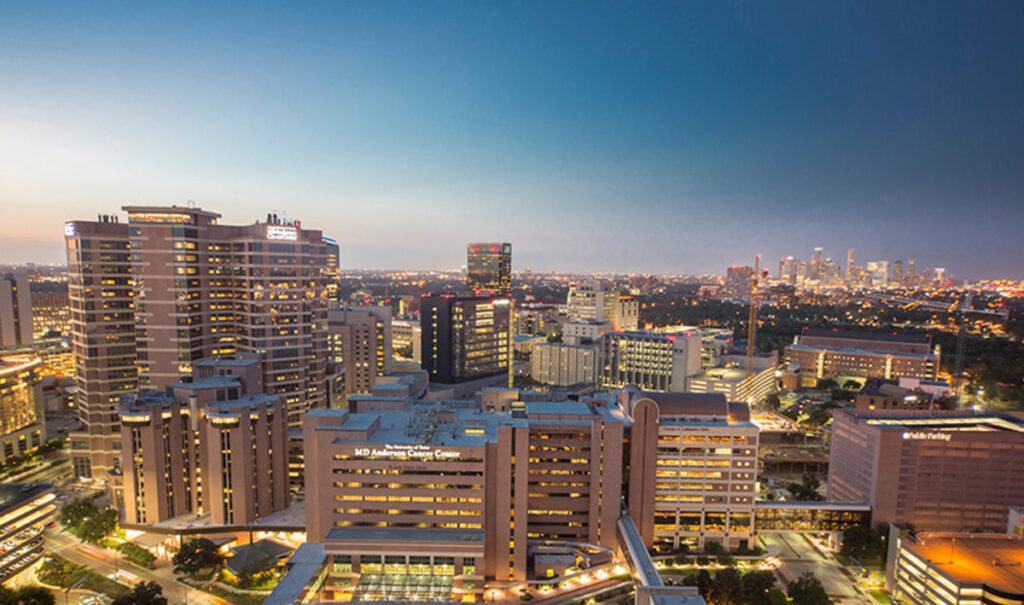
The University of Texas MD Anderson Cancer Center (MD Anderson) is one of the world’s most respected centers devoted exclusively to cancer patient care, research, education and prevention. MD Anderson’s mission is to eliminate cancer in Texas, the nation and the world. The organization does this through outstanding programs that integrate patient care, research and prevention.
With one of the largest and densest concentrations of cancer patients in the world, MD Anderson’s job of providing an adequate and consistent supply of quality personal protective equipment (PPE) took on an even greater significance amid the pandemic. “The effect on the supply chain was a hyperfocus on all products needed to ensure the safety of our patients resulting in sourcing from non-traditional sources, increased inventory and the expanded distribution of various products,” said MD Anderson Chief Procurement Officer Calvin Wright.
While hospitals across the globe had issues with PPE, MD Anderson had to be extra cautious due to its patient population. Many of its patients are immunocompromised, even if they’re in the hospital for a non-cancer related issue like a spinal fusion or a cardiac event. This required MD Anderson to be overly conservative to protect the safety of its patients. For example, restricting visitors and utilizing N95 masks and Power Air-Purifying Respirators (PAPRs).
Working with MD Anderson’s IT leadership, disparate data systems were synchronized to provide a daily institutional dashboard on PPE inventory levels, days on hand and utilization rates. Another supply chain team member, Value Analysis Program Director Renato Maclan, facilitated a daily supply chain briefing for more than 100 weeks in which any safety concerns related to supplies (stockouts, substitutions, backorders, recalls, etc.) were addressed immediately to prevent impact to patients and clinicians. “We like to say Renato was the ‘glue’ that kept our supply chain responsiveness focused and together,” Wright said. “He is just one of the individual heroes from the supply chain organization that worked endless hours and absolutely refused to relent to protect patients and staff.”
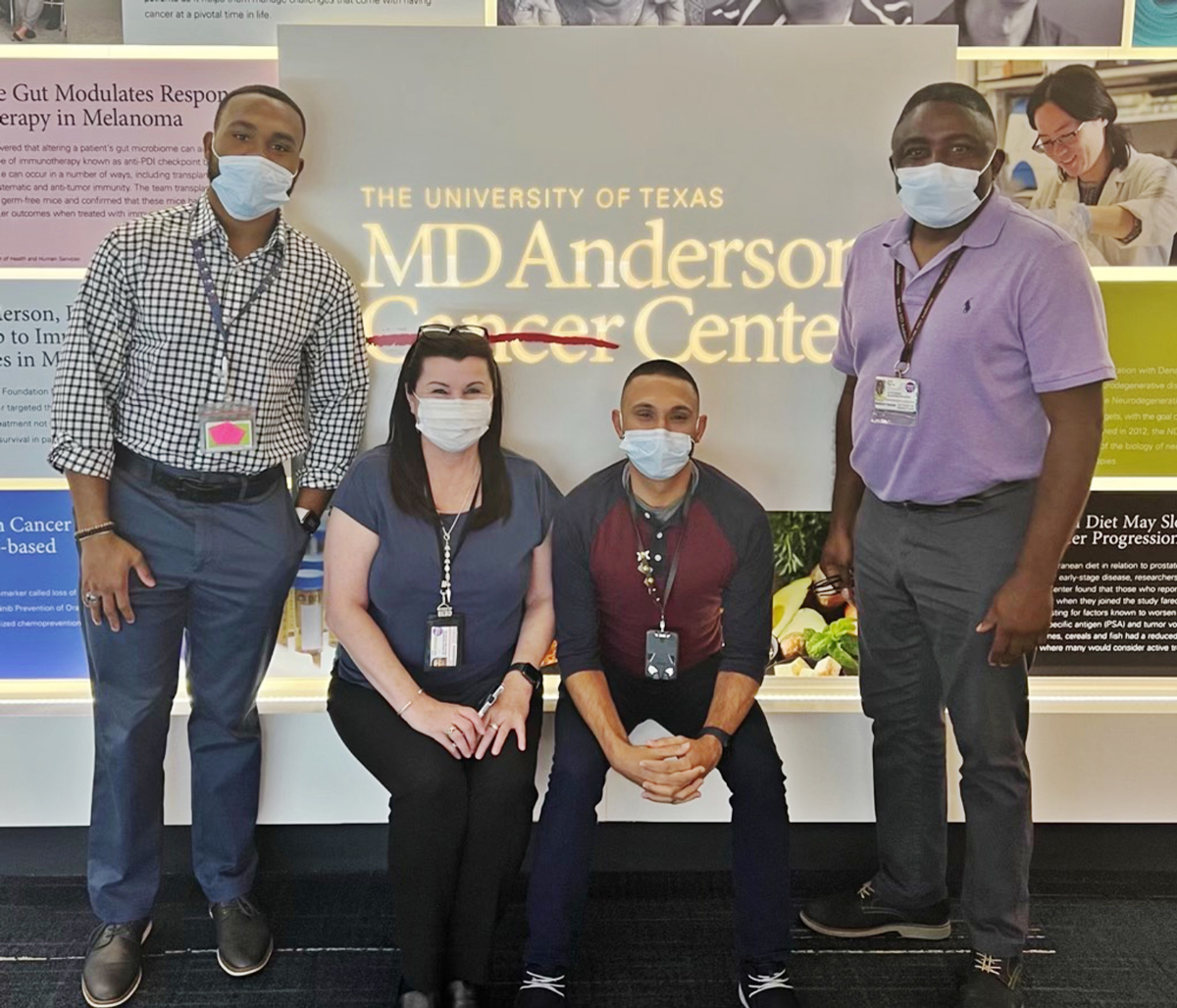
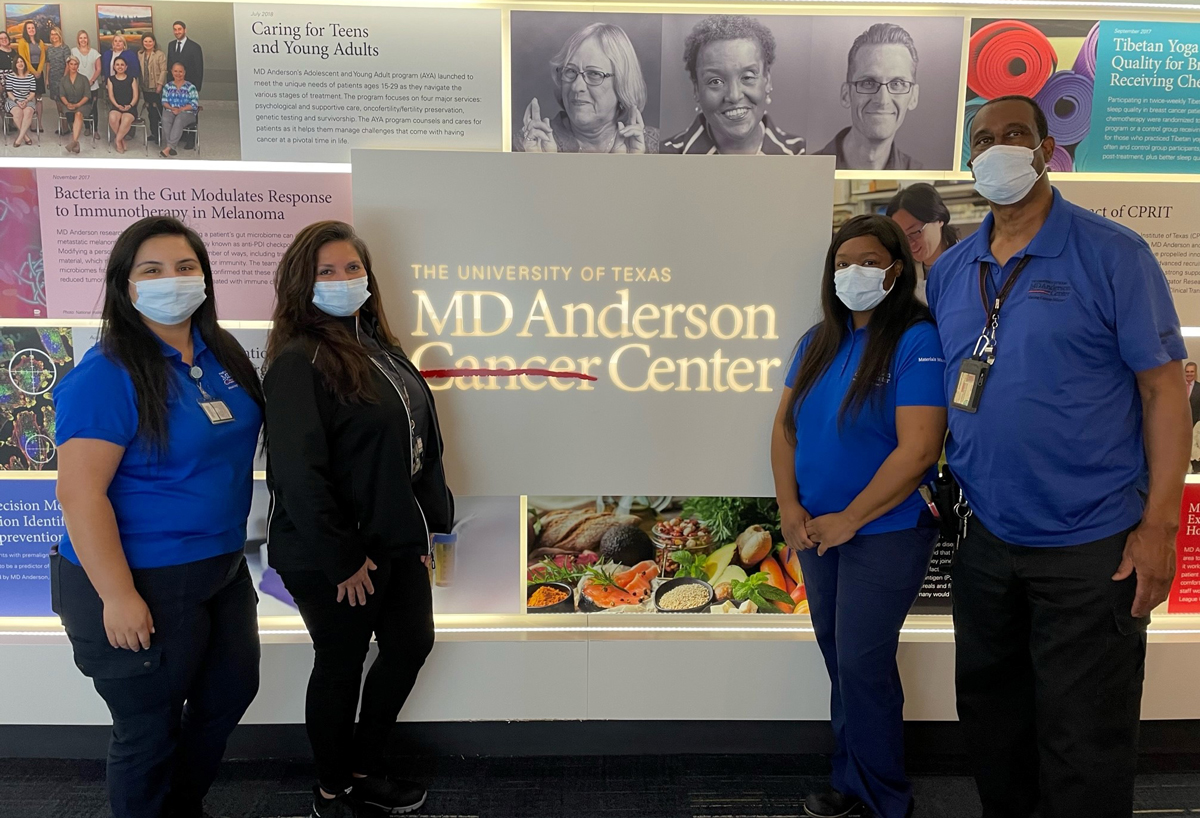
Lessons learned
Several things have come out of the pandemic that have actually strengthened the supply chain. In December 2019, prior to the pandemic, MD Anderson’s Incident Command Structure participated in a tabletop exercise centered on a global pandemic that initiated out of Europe and was spreading globally. “How prophetic,” Wright said. “Although we had foresight that this could happen, the actual COVID-19 pandemic far exceeded most expectations we had in terms of readiness. We need more of these exercises, and they should also include our distributors and critical suppliers. We must really think outside the box going forward for any local, regional, national or global challenge that can touch our ability to deliver the best cancer care in the world.”
Per Matt Berkheiser, Associate Vice President of Environmental Health & Safety at MD Anderson, “These exercises are important to test our plans and the supply chain team is always included in the Incident Command structure. These scenarios take time to plan and being creative is essential to test our thought processes. The drills are valuable, but we must be prepared for the unexpected. One thing I have learned is not to let our imagination fail us.”
“Our staff has been resilient, and both supply chain team members and clinicians have proven this repeatedly amid major supply disruptions. MD Anderson clinicians have adapted to the new environment with a strong willingness to assist their supply chain teammates,” Wright said. “Clinicians have familiarized themselves with supply chain terminology, like supply backorders, allocation, functional equivalents, and third-party logistics (3PL). The collaboration between the supply chain and clinical operations teams during the pandemic has been great and continues to improve.”
At the initial stage of the pandemic, well before the first reported case in the U.S., MD Anderson’s sourcing and contracting, and materials management teams, foresaw how a global pandemic could impact its patients and employees.
“As such, we initiated large bulk orders for medical grade N95 and Level 3 isolation masks. This was accomplished through utilization of a Texas based historically underutilized business (HUB) that was also the second largest domestic manufacturer of N95 at the time. This contractual arrangement ensured us stable supply of the ‘highest quality’ N95 and Level 3 isolation masks throughout the pandemic,” Wright stated, adding that “MD Anderson’s support of local and Texas-based diversity and small business suppliers is critically important and an essential part to the organizations’ diversity, equity and inclusion initiatives.”
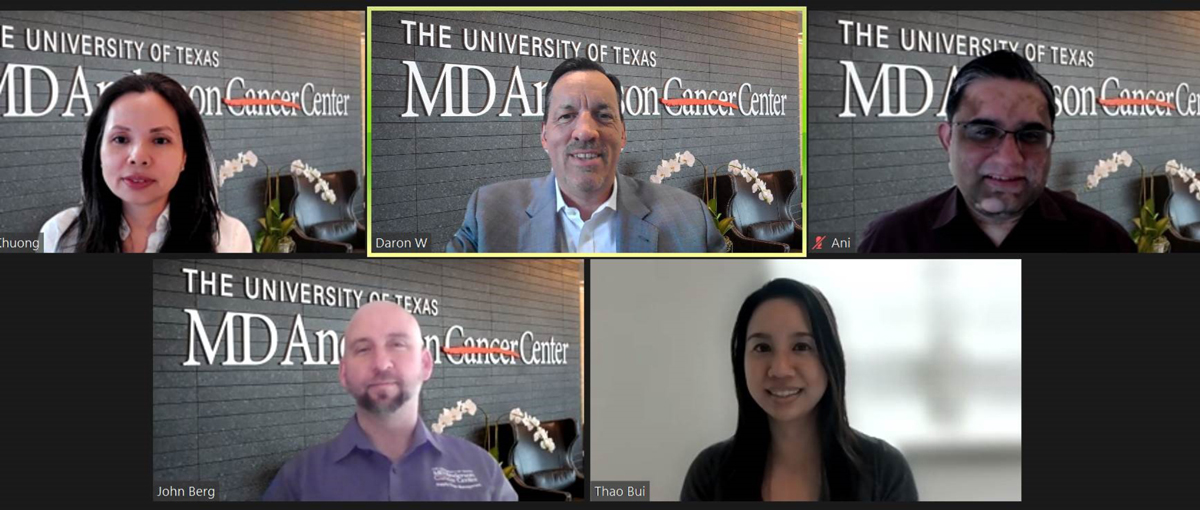
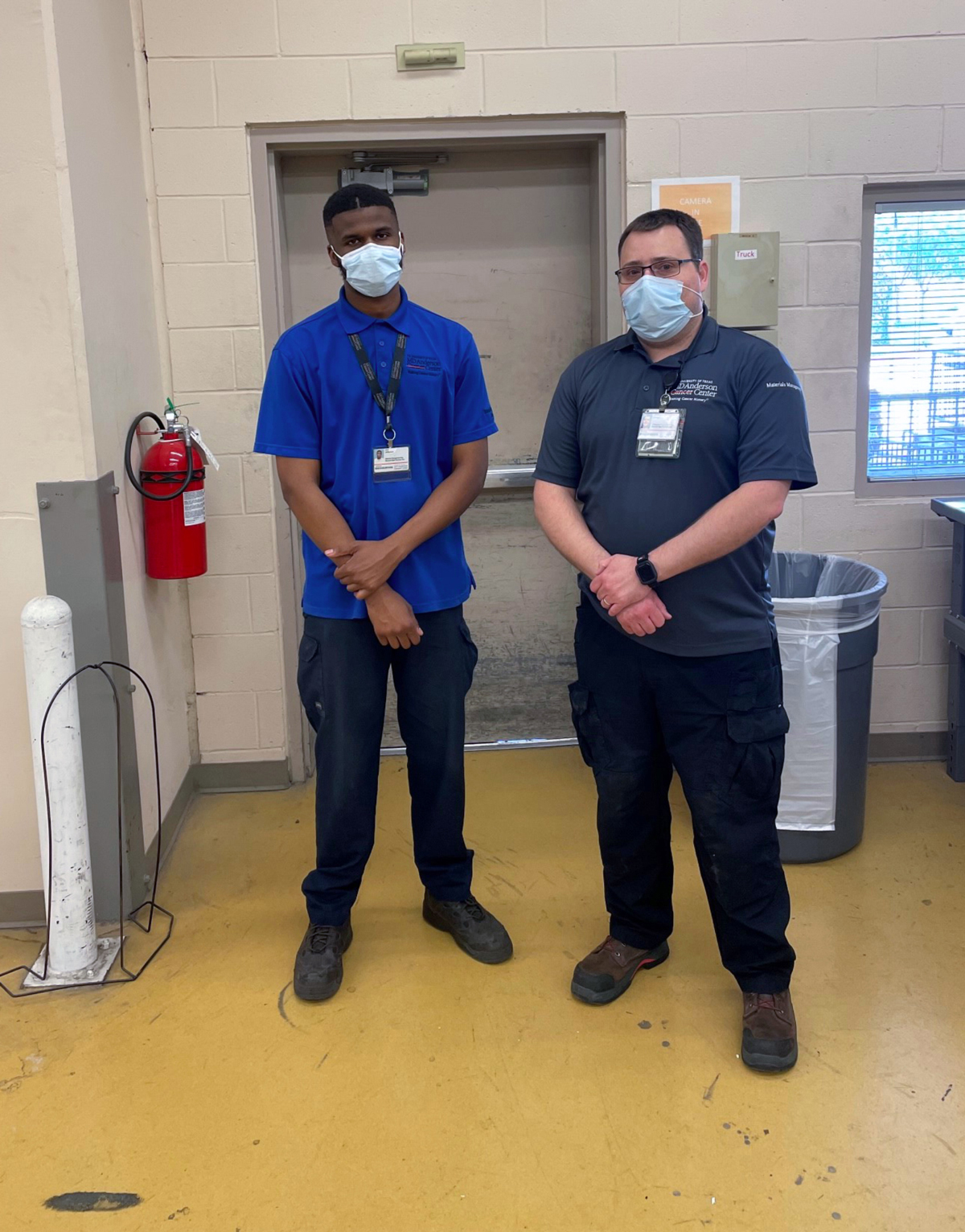
MD Anderson also found value in local community collaboration. For instance, the organization partnered with a local community college and MD Anderson’s innovation team to print 3-D face shields. “Additionally, we worked with a local company to manufacture, test and alter isolation gowns,” Wright said. “These were wonderful collaborations.”
Nationally, MD Anderson was one of the first healthcare providers to join the Healthcare Industry Resiliency Collaborative (HIRC), which is a partnership of leading healthcare providers working with major manufacturers and distributors to increase transparency in the end-to-end supply chain.
Several other advances that were refined during the global pandemic include:
- A significantly better understanding of MD Anderson’s highest risk exposure ranked by priority and importance conducted through several comprehensive risk management exercises and modeling, led by the organization’s Enterprise Risk Management team.
- Establishment of a 3PL program to help manage critical PPE and supply inventory that exceeded local capacity and capability of traditional distribution channels.
- Creation of real-time inventory dashboards around critical supply inventory designed to let the supply chain team know emergent areas of need or concern.
- Permanent implementation of a daily supply chain briefing (with representatives from materials management, sourcing and contracting, finance, system and support, value analysis, pharmacy, operating room, environmental health and safety, clinical administration and our group purchasing organization) to review backorders, supply shortages and emerging threats to the healthcare supply chain.
Looking ahead, Wright said the supply chain team will be focused on several initiatives, including improving the organization’s 3PL program, inventory management capabilities and quality of information about the products used across the enterprise, as well as enhancing supply chain resiliency in terms of demand forecasting, improved supplier and manufacturer partnerships, redundancy in critical supply availability, and overall business intelligence.
